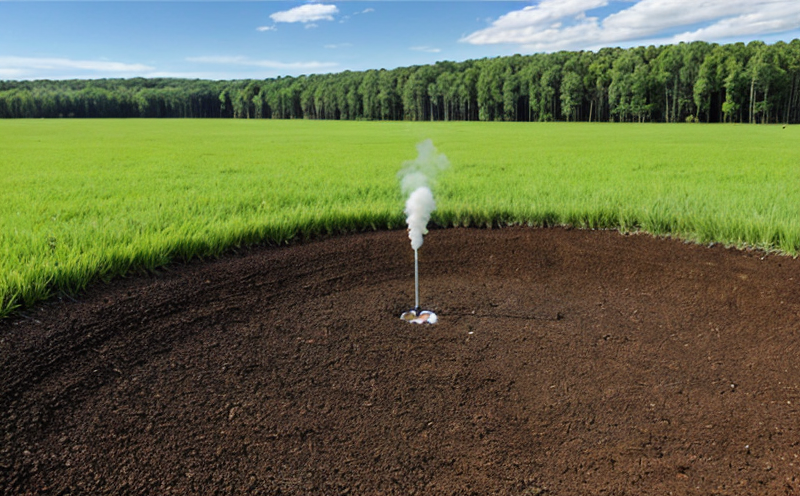Cumulative Environmental Risk Profile Testing for Mining Projects
The Cumulative Environmental Risk Profile (CERP) testing is a critical service in mining that aims to assess and quantify the overall environmental impact of mining projects. This comprehensive test evaluates various aspects such as water quality, air quality, soil contamination, noise pollution, and biodiversity loss over time. The primary goal is to understand how these individual impacts accumulate and interact with each other, thereby providing a holistic view of the project's cumulative effect on the environment.
The CERP testing process involves several stages, starting from the initial site assessment and data collection to the final analysis and reporting. During this phase, environmental professionals conduct field sampling at multiple locations around the mining area. These samples are then analyzed using state-of-the-art laboratory equipment to determine baseline levels of pollutants and other relevant parameters.
The next step is to monitor these variables throughout the lifecycle of the project. Continuous monitoring ensures that any changes in environmental conditions can be detected early, allowing for timely interventions if necessary. Once the mining activities cease, further sampling takes place post-closure to assess long-term impacts. By comparing pre- and post-mine data, a clear picture emerges regarding the cumulative risks associated with the operation.
Regulatory compliance is another crucial aspect of CERP testing. Compliance officers rely on this information to ensure that mining activities adhere to local, national, and international standards such as ISO 14001 for environmental management systems or similar frameworks. This helps prevent potential legal issues and enhances stakeholder trust.
Quality managers benefit significantly from CERP tests because they provide valuable insights into product quality throughout the supply chain. Understanding these risks early allows for better decision-making regarding resource allocation, risk mitigation strategies, and sustainable practices within mining operations.
In summary, Cumulative Environmental Risk Profile Testing serves as an indispensable tool for managing environmental impacts in the mining sector. It provides essential data that supports informed decisions about project planning, implementation, monitoring, and closure. With its focus on sustainability and long-term environmental stewardship, this service plays a vital role in promoting responsible mining practices globally.
Why Choose This Test
- Comprehensive assessment of cumulative environmental impacts throughout the lifecycle of a mining project.
- Ensures compliance with international standards like ISO 14001 and local regulations.
- Supports informed decision-making for quality managers, compliance officers, R&D engineers, and procurement teams.
- Provides critical data on product quality through continuous monitoring during the supply chain.
- Promotes responsible mining practices by enhancing long-term environmental stewardship.
Environmental and Sustainability Contributions
The CERP testing plays a pivotal role in advancing environmental sustainability within the mining industry. By providing detailed insights into cumulative risks, this service enables companies to adopt more sustainable approaches to their operations. For instance, understanding the full spectrum of environmental impacts allows for proactive measures aimed at minimizing harm while maximizing benefits.
Additionally, CERP testing fosters transparency and accountability among stakeholders by offering objective evidence about a project's environmental performance. This openness encourages greater public trust in mining enterprises, which is essential given increasing pressure from environmental groups and regulatory bodies worldwide.
The results of these tests also contribute to academic research efforts focused on improving our understanding of how different types of disturbances interact within ecosystems. Such knowledge can lead to innovations in technology and methodology designed specifically for mitigating adverse effects caused by mining activities.
Use Cases and Application Examples
| Project Stage | Data Collected | Purpose |
|---|---|---|
| Initial Site Assessment | Baseline measurements of air quality, water quality, soil composition. | To establish reference points for comparison during subsequent stages. |
| Ongoing Operation Monitoring | Continuous tracking of emissions, noise levels, vegetation health. | To identify trends and potential issues early on. |
| Post-Mining Closure | Final round of sampling to evaluate long-term effects. | To assess whether the project achieved its stated environmental goals. |
CERP testing has been implemented successfully across various types of mining projects, including open-pit gold mines, underground copper mines, and coal extraction sites. Each case study demonstrates unique challenges faced during implementation but also highlights common themes such as stakeholder engagement and data transparency.





